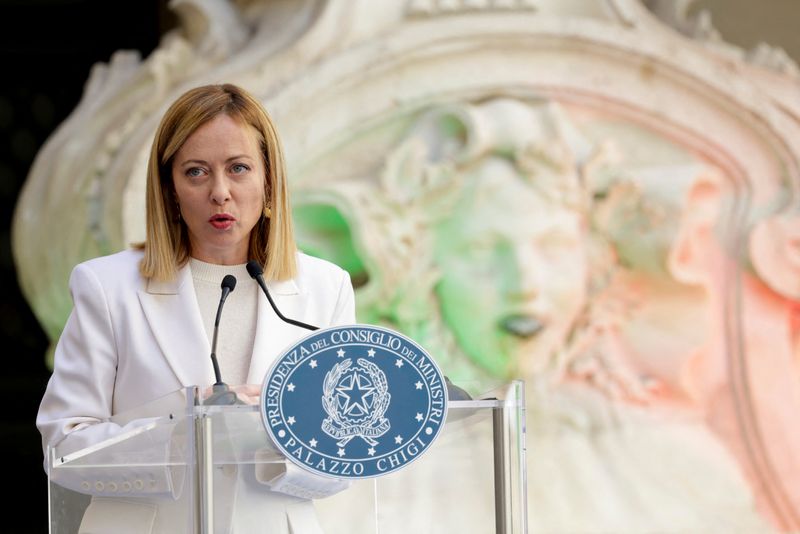Dividend futures are financial derivatives that allow investors to speculate on or hedge against the future dividend payments of a specific company or index. Unlike traditional equity futures, which are based on the price of the underlying asset, dividend futures are directly linked to the dividends that a company or index is expected to pay over a given period. For example, the dividend futures contract for 2025 entitles the holder to receive the dividends paid during 2025 in mid-December of that year.
Reference [1] proposed a method for using dividend futures to determine the bubble component in the stock price. The approach essentially involves the following steps,
- Determining the implied future dividend payout,
- Calculating the stock’s fundamental value using the dividend discount model, and
- Identifying the bubble component as the difference between the stock’s observable price and the calculated fundamental value.
The authors pointed out,
In this article, we extract the bubble and fundamental components of the EuroStoxx50 index for the period from January 2011 to December 2023 (3309 trading days). Our econometric method combines a theoretical bubble specification and a novel data set of dividend futures prices. Our data-driven methodology refrains from estimating highly parameterized equations and thus avoids estimation errors, but relies on extrapolating the forward equity yield curve. The impact of our extrapolation on the extracted bubble values is an interesting question that we leave for future research.
The (statistical) properties of the extracted EuroStoxx50 bubble are in close agreement with the relevant economic/financial intuition. During the observation period, the bubble share in the index fluctuated around 22% and reacted sharply to significant external events, such as the two military attacks on Ukraine (annexation of Crimea in 2014, start of war in 2022) and the outbreak of COVID-19 (in spring 2020). Obviously, market participants responded to the increasing perceived geopolitical risks and/or the uncertain economic outlook by valuing the EuroStoxx50 index primarily on the basis of fundamentals, and largely pushing speculative motives into the background. Apart from such ex-post evidence, we believe that our bubble extraction methodology can provide additional useful information to economic agents. With the available dividend-futures data set, the method can be adapted for real-time monitoring of fundamental and bubble values with little computational effort.
In summary, the authors introduced a model for extracting the bubble component from European stocks, determining that on average 22% of the stock price is attributed to the bubble component.
This is an interesting application of dividend futures. We believe that traded options prices could also be used if dividend futures are not available.
Let us know what you think in the comments below or in the discussion forum.
References
[1] Nicole Branger, Mark Trede, Bernd Wilfling, Extracting stock-market bubbles from dividend futures, 2024, Universität Münster
Further questions
What's your question? Ask it in the discussion forum
Have an answer to the questions below? Post it here or in the forum


